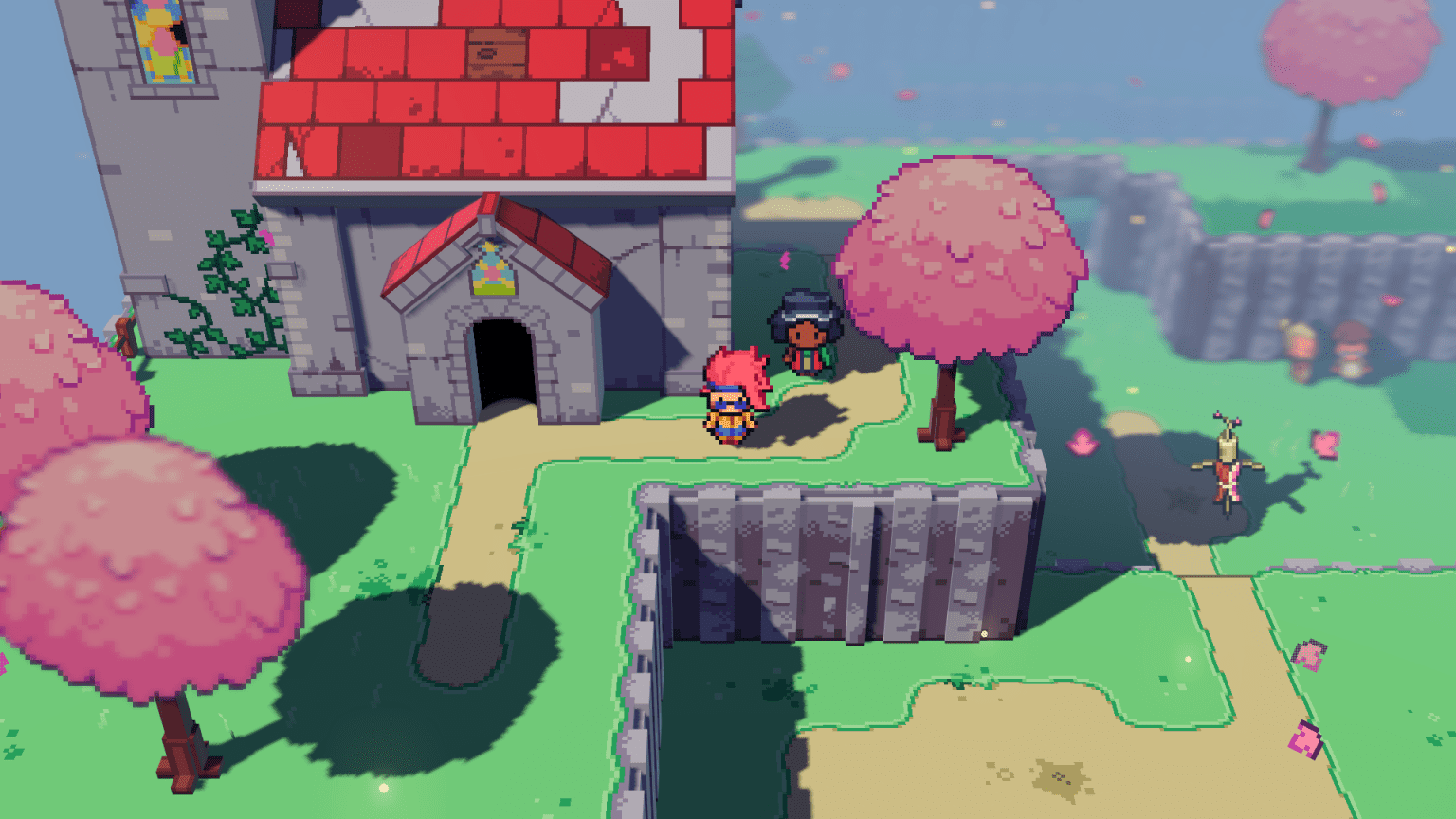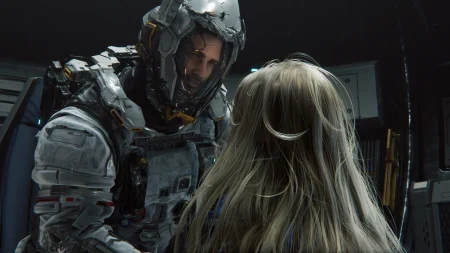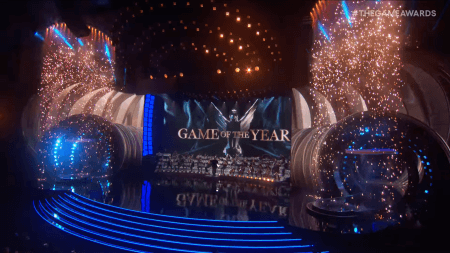Jumping into Cassette Beasts, you’re immediately hit with the fact that this is a monster-taming game for the olds, like myself. You don’t wander around throwing balls at monsters a la Pokémon or welcoming them into your heart like in Persona; instead, you record them onto a blank cassette tape, then play them through a Walkman.
Home-taping never killed music, but apparently it can capture the spirits of quite a lot of sentient animals. As for whether Cassette Beasts holds its own compared to its inspirations, let’s take a closer look!

Gotta Record ‘Em All
If you’ve played a Pokémon game before, you know how this formula goes. Your chibi-styled protagonist strides around the plains, mountains, and waterways of the world, capturing monsters and fighting other trainers as they go.
It would be a massive mistake to assume that this is a Pokémon rip-off, however. For starters, you don’t wake up in a world where monsters are normal and your mother is about to send you off to partake in child labor. Instead, the game begins in a tunnel of lights, a kind of reverse 2001: A Space Odyssey, before you’re dumped unceremoniously into New Wirral, the game’s world. This is a kind of parallel dimension, inspired by the UK (train stations have names parodying those of the London Underground, while place names are often related to those from the real-life Wirral).
To help you traverse the world, you gain new abilities, similar to HMs from Pokémon. Unlike Pokémon, these abilities affect your player character, not your monsters. In fact, in Cassette Beasts, you technically don’t collect monsters at all. In combat, rather than capture and summon a creature to fight for you, you instead record them to turn into them.
By collecting new cassette beasts, you’ll gain access to their abilities, in turn opening up new areas of the map. To fly around in New Wirral, for instance, your character will sprout some rather body horror-esque wings. The same goes for swimming and other means of navigation.
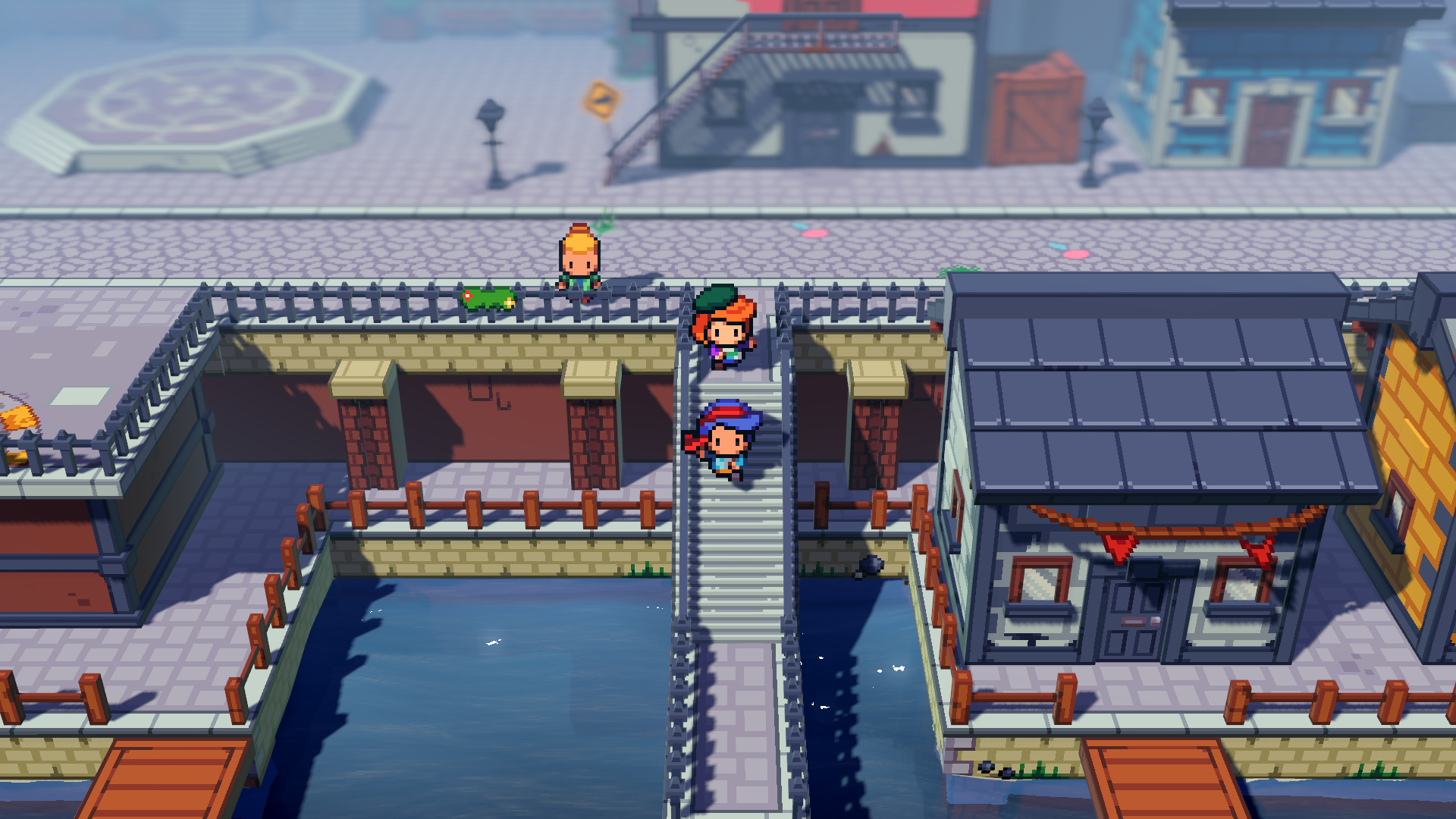
Familiar Roots, Fresh Ideas
Cassette Beasts’ main quest is split into two halves, which you can complete in any order. Each takes inspiration from a different game in the “collect ‘em” genre. One half tasks you with taking on “Ranger Captains,” the game’s equivalent of Pokémon’s Gym Leaders, which will net you the title of Ranger.
The second half, which has your protagonist seeking a way home, seems to take inspiration from Shin Megami Tensei: You’ll have to track down and fight “Archangels,” powerful monsters who can bend the fabric of reality. The former is fun, but the latter feels like a real innovation.
The Archangels, each of which has a distinctive look, all seem as though they’re not of this world, or indeed, that of New Wirral. For instance, while the game as a whole has a similar visual style to the original Pokémon games, one Archangel is depicted in a PlayStation 1/Nintendo 64 style, with bristling polygons and uncanny textures.
You don’t need to actually fight all the Archangels, or even become a Ranger for that matter, but the content is well worth seeing. There’s a robust system of side quests, too. As you explore the game, you’ll come across people with strange stories to tell. Speaking to them adds a rumor to your quest log, which can spin up into a full-sized quest or reveal the location of an Archangel.

Pokémon’s Combat, Remastered
There is a lot to do in Cassette Beasts, and most of it involves fighting. It’s a good thing, then, that the combat in this game is really, really good.
You always fight with a partner, and the two of you can fuse together, creating hybrid monsters. The monsters are all modular, allowing for some really cool fusions, too—some adorable, others nightmarish.
The combat itself looks like standard Pokémon fare. But as soon as you start playing it, you’ll realize there is a lot more to it. Elemental weaknesses in particular have considerably more depth, sometimes firing off chain reactions that can turn a super-effective attack into a catastrophe.
Say you’ve got a Fire-type monster, and the enemy is an Ice-type. You might think: Blast them with a fire attack. The only problem is, their type then changes to water. Use fire on a Water-type, and they generate healing steam, which could give them the edge they need to win the battle.
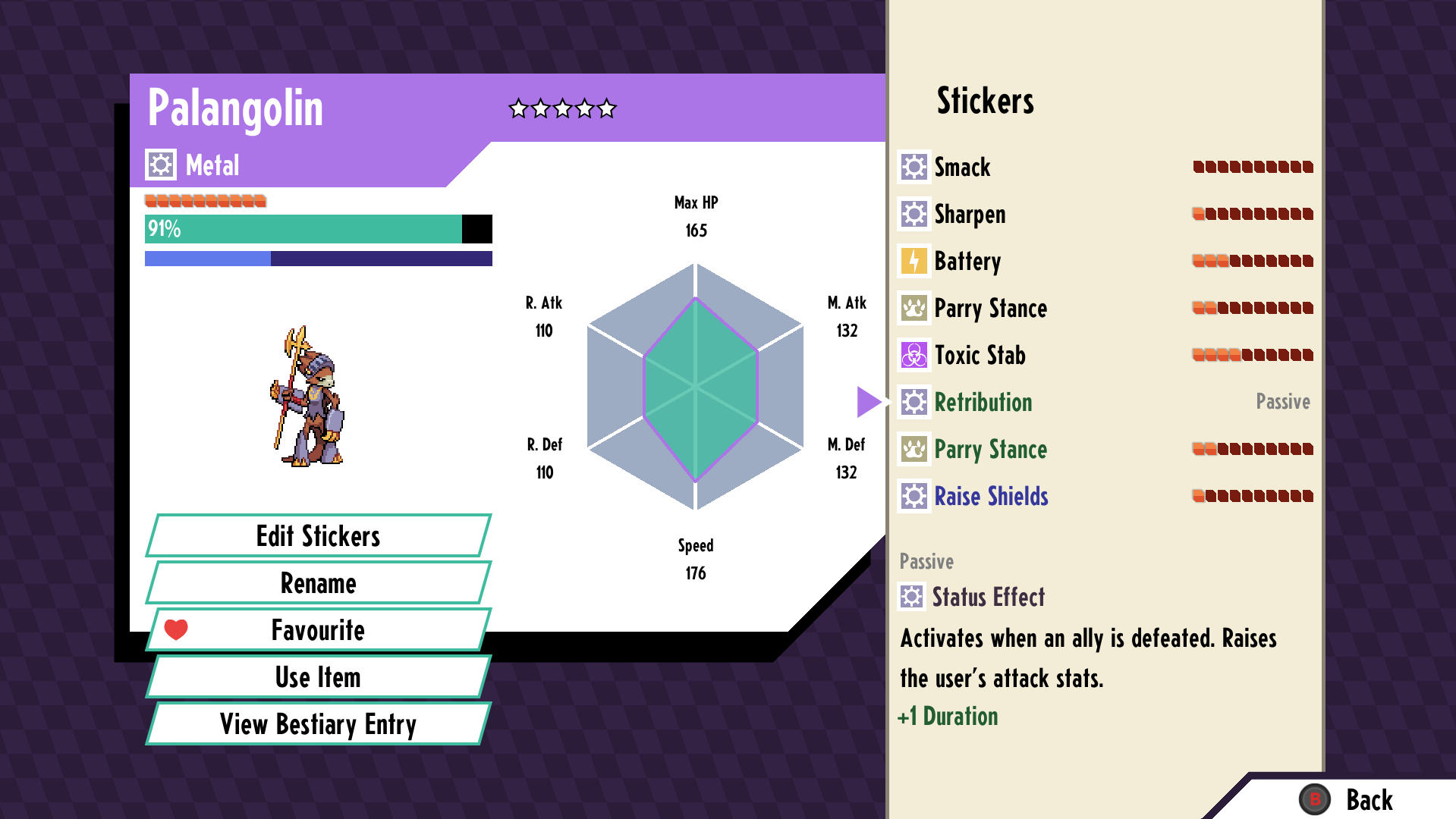
Monster types aren’t concrete, changing as the battle rages. Discovering that my Fire-type monster got an evasion boost when attacked by a Plastic-type monster, due to the thick smoke generated, was tremendous. The system feels well-balanced, although some types, notably Poison and Plastic, could do with a few more weaknesses.
Supporting this combat system is a flexible set of attacks. Each cassette you collect comes decorated with stickers, each one representing a traditional Pokémon “move.” If you like one move, you can peel it off and apply it to another cassette beast. If you’re not feeling a particular attack, simply peel it off and store it for a more fitting monster! Unlike the modern Pokémon games, which feel like one-part fighting, two-parts talking, this game cuts to the chase.
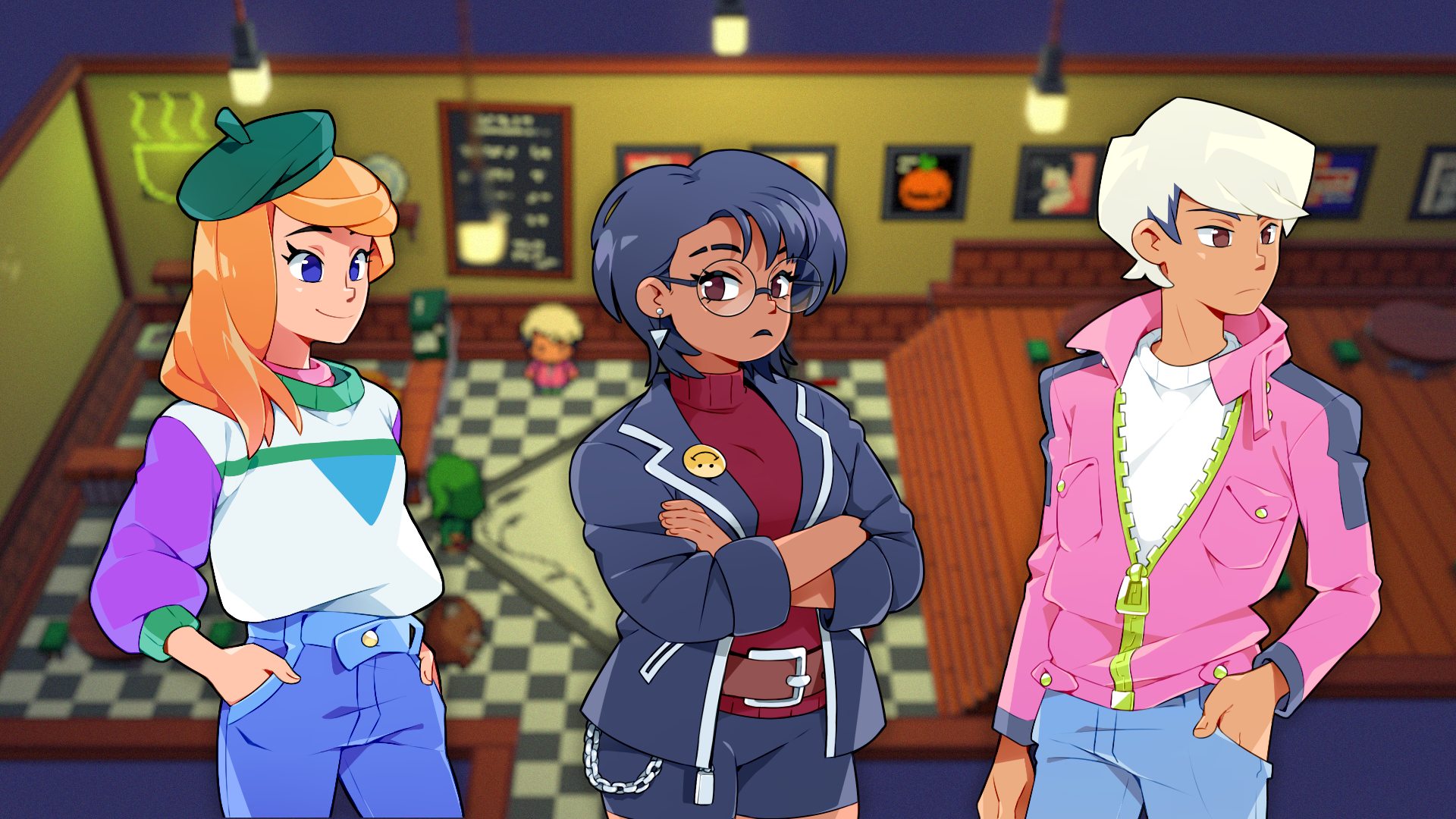
Who’s That Cassette Beast?!
When Cassette Beasts does want to talk, it can be very charming. Even incidental dialogue can be a joy, such as when I encountered a soldier who’d ended up in New Wirral after being caught up in the Rendlesham Forest Incident. The writing tends to take on a slightly cheeky, more risqué tone than Pokémon, with fusing often treated as a kind of sex metaphor.
Your companions have varied personalities and real heart, and as you battle with them, you’ll naturally evolve (heh) your relationship with them. Each companion has five hearts that will fill as you deepen your relationship, and you can even romance them, a la Persona, should that take your fancy.
It would be remiss of me to not mention the soundtrack, too, particularly the song “Wherever We Are Now” by Joel Baylis and Shelby Harvey, which feels like it would fit comfortably on a Mazzy Star album. It adds real emotional depth to the game’s fun, occasionally melancholic, story.
Outside of combat, there are a lot of puzzles to be solved. These all tend to follow a couple of set formulae, so at times, they can feel pretty tedious. The game also isn’t afraid to throw sequences of platforming your way, which, when dealing with characters that gambol around like hyperactive toddlers, can be absolutely infuriating. It’s the one significant problem with the game—the puzzle design often feels as though it were made for another type of game, rather than an RPG.

Final Thoughts
Cassette Beasts succeeds as a monster fighter designed for those who grew up on Pokémon Red and Blue. While it could benefit from fewer of the mildly irritating puzzles and a story that’s slightly snappier, it’s well worth playing if you have any degree of nostalgia for Pokémon, Shin Megami Tensei, or those long childhood nights you spent playing your Game Boy into the wee hours.
Score: 8.1/10
Joe is a games critic and English literature graduate who knows far too much about video games and critical theory. He once wrote a Derridean reading of the animal masks in Hotline Miami. You can find him on Twitter @jchiverswriter.


